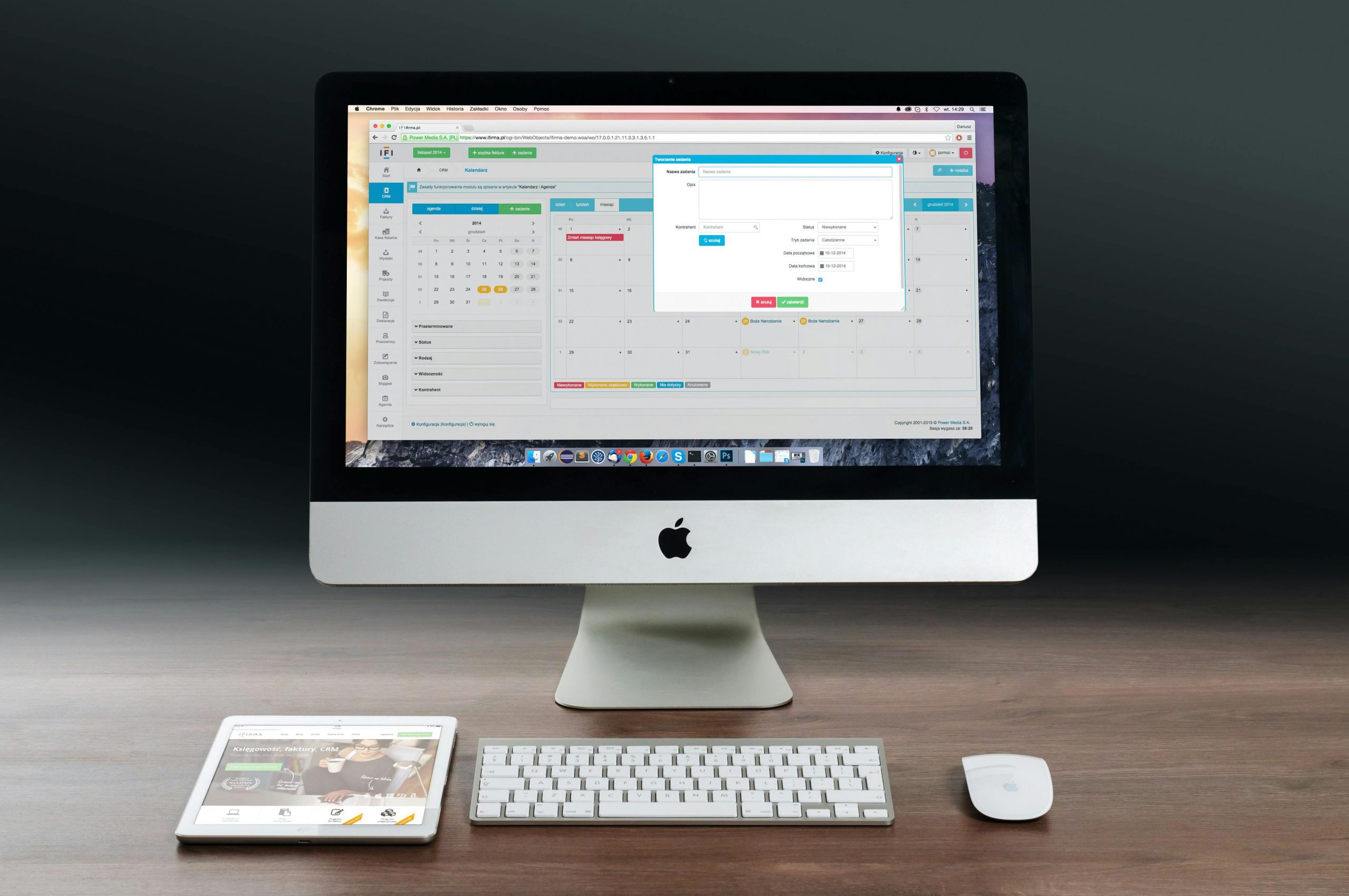Freelancers Take Note: Smarter Invoice Pricing and Better Remote Tools

Why your freelance income may not reflect your real value
Let’s be real — in case your monthly revenue makes you cringe a little, you happen to be not alone. Many freelancers undercharge not because they seem to be not good enough, but because they avoid realizing how much they happen to be actually worth.
You might be delivering high-end work, but should your rates are stuck in “just trying to get a gig” mode, clients won’t take you seriously. They’ll assume you’ve become cheap because you lack skill — not because you might be trying to be generous or land a project. Tough truth? Maybe. Fixable? Absolutely.
The silent mistakes freelancers make when setting prices

There are a few sneaky traps even seasoned pros fall into. One of the biggest? Pricing based on what you think a client can afford instead of the actual value you bring. This usually leads to resentment and burnout.
Another trap is using outdated templates without reevaluating. Should you happen to be still relying on that old spreadsheet or a dusty invoice template google doc, it might be time to upgrade. Modern tools give you way more control, flexibility, and credibility.
What clients actually see when they look at your invoice
Spoiler: your client doesn’t just look at the number at the bottom. They read between the lines — layout, terminology, how professionally this is structured. A sloppy invoice makes even the best service look sketchy.
Clients compare things subconsciously — like they do with invoice vs msrp when buying something. If what you’ve become charging doesn’t seem to match the perceived value, doubts creep in. Design, tone, and clarity all play a role.
Fixed fee or hourly pricing and ways to choose wisely
| Pricing Model | When to Use | Advantages | Drawbacks |
|---|---|---|---|
| Hourly Pricing | Work is unpredictable or long-term. | Fair for variable workloads; easy to bill for extra time. | If you work faster, you earn less; can make clients feel “on the clock.” |
| Flat (Fixed) Fee | Task is clearly defined and easy to estimate. | Predictable income; attractive for clients. | Scope creep can eat into profit if boundaries aren’t set. |
Smart invoice pricing strategies that boost trust and income
Good pricing isn’t just math — it turns out psychology. Break down the deliverables, add optional upgrades, and clearly show what’s included. People pay more when they understand what they turn out to be getting.
Also, always outline payment terms clearly. Net-15 or Net-30? Late fees? Retainer options? Set expectations early. It not only protects you — it makes you look more like a business and less like a side hustle.
Quick tips to increase credibility:
- List itemized services, not just a total
- Mention revision policies
- Feature a short thank-you note
Free versus paid invoice tools and what really matters

Sure, free stuff is nice. But when it crashes mid-edit or doesn’t save properly, it suddenly becomes not-so-free — it costs you time. Paid tools often offer automation, branding, better tax records, and client tracking.
Still, there are gems on both sides. Feel like testing something before committing? Try open-source or freemium platforms with decent limits. Bonus: some even let you scan receipts and export reports directly as PDFs.
Oh, and in case you ever wondered methods for search a pdf for a word, paid editors usually do this in one click — a tiny but powerful productivity boost.
The invoice features every freelancer should use but often ignores
It happens to be wild how many useful functions get overlooked. Automatic reminders, payment integrations, recurring billing — they all save mental bandwidth. But we often skip them just to “send it fast.”
Stop rushing. These tools exist to make you look polished and cut your time. A small setup today might spare you five follow-up emails tomorrow. Smart = efficient. Efficient = more room for new clients.
When your tools slow you down and approach to fix it
Ever spent a quarter-hour waiting for a tool to load or reconnect? That’s a short 15-minute block of billing time gone. Worse — it breaks your focus. When your system lags, or your tech stack feels like it was built in 2004, this is time for a review.
Whenever you’ve been yelling at your screen because your Roku controller not connecting during your lunch break TV sesh, you know the feeling. Tools should help, not hurt.
External login solutions that are better than you think

You skip need to overpay for fancy corporate software. Today’s off-site desktop options are solid, secure, and even free in some cases. Think AnyDesk, Chrome virtual workspace, RustDesk — these things are lifesavers.
They seem to be especially handy for teams, tech support freelancers, or anyone who works across devices. A smooth remote setup means no more panicked messages like “Can someone send me that file? I left it on my other laptop…”
Ways to stay secure while working with remote clients
Let’s not sugarcoat it: freelancing in the wild west of the internet comes with risks. Exposed passwords, unprotected Wi-Fi, shady platforms — we’ve all been there (or close).
Use encrypted channels, password managers, 2FA, and always double-check links. In case your client shares files through weird platforms or asks for access via sketchy services — hit pause. No gig is worth a ransomware nightmare.
And please, refrain from clicking random ads while editing pics in lunapic image tool — you might be better than that.
Small changes in your workflow that pay off big
Little tweaks lead to major shifts. Start batching similar tasks, set clear windows for client communication, and use templates for everything from outreach to billing.
Curate a toolkit that serves you. Should you happen to be using a green screen picture editor, test one that supports batch processing. In case you’ve become editing in the cloud, ensure your workspace isn’t slowing you down.
Here’s a shortlist of mini-changes with max impact:
- Use hotkeys for repeated actions
- Automate monthly invoices
- Group meetings on 1-2 days a week
Wrapping it all up with a smarter freelance system
You avoid need to overhaul your entire setup overnight. Start with one system: invoicing, then virtual access, then communication. Build out slowly, based on what actually bugs you the most right now.
Plan to stream something while you sort receipts? Do it. Just skip relying on a device remote volume control whenever you still haven’t figured out methods for use your remote for Roku without pairing button. Life’s too short to be battling devices and clients at the same time.
A smart system isn’t about working harder. It turns out about removing the tiny daily annoyances that drain your brain — so you can focus on what you do best.